Everything You Need To Know About Edible Seaweed
Feeling inspired? We’ve also rounded up SL’s top seaweed recipes and ingredients to help you make the most of this delicious and nutritious wild food.
Why is seaweed suddenly such a popular ingredient in the UK?
Seaweed is a forgotten food. Most cultures around the world have eaten it at some point, and its nutritional properties have been key in our evolution over the past 2.5m years. Changing lifestyles and ethical ideals mean many people are re-evaluating their impact on our planet, so alternative food solutions are being sought out. Seaweed is an incredibly nutritious, abundant and sustainable plant-based food source. It has a vital role in the food chain, as it can grow up to 30 times faster than land plants and requires no fresh water or fertiliser. These properties have led to it being re-discovered way beyond Asian cooking - the cuisine seaweed has been most traditionally been associated with.
What are the health benefits of eating seaweed?
There are so many! Seaweed is a natural whole food that gram-for-gram has greater nutritional value than many land plants. It contains a broad range of minerals, vitamin groups, amino acids and essential fatty acids that offer a foundation for a varied diet and healthy lifestyle.
Seaweed is naturally rich in iodine, an essential mineral the body needs to make thyroid hormones. These hormones control the body’s metabolism and many other important functions. The body also needs thyroid hormones for brain development during pregnancy and infancy. Iodine content is particularly important to women and vegans. Around 66% of women in the UK have a diet insufficient in iodine, rising to 76% for teenage girls. For vegans, seaweed is the only natural, plant-based source of iodine available, as our bodies cannot synthesise this vital trace element from other nutrients.
What are the best ways to serve it?
Seaweed is a great ingredient which provides a huge amount of nutrition, alongside its natural umami flavour-boosting properties (a savoury flavour which relates to the natural glutamates in the seaweed). As you might expect, the depth of flavour works incredibly well with seafood, but also with chicken, pork, roast vegetables and eggs too. It’s also great in stir fries and on salads. I launched Weed & Wonderful as I appreciate many people may have trepidations about consuming seaweed. Culinary oils such as ours introduce seaweed in an accessible, everyday format and are a really simple way to familiarise yourself with the incredible umami flavours of the sea. Seaweed-infused oils are ideal for drizzling, cooking and finishing dishes, as they add a mild smokiness to any dish.
Can you give us any tips for cooking with seaweed?
Seaweed goes particularly well with other savoury flavours and can be used when making soups and sauces, or as a condiment – think dried seaweed flakes atop a salad or stir-fry. Even when baked into breads, savoury biscuits and crackers seaweed can add a wonderful depth of flavour. You can infuse oil with it, but can also be mixed with sea salt, or added to hummus, condiments (such as mayo), or veggie burger patty.
Where does UK seaweed come from?
Our seaweed is carefully and sustainably sourced from the sea lochs around the remote islands of Lewis and Harris in Scotland to ensure its traceability and quality. We harvest specific species which we know are very nutritious and sustainable. We use specialist boats that just trim the top of the seaweed so as to leave the majority of the plant and not disturb the seabed. They almost look like floating lawnmowers! The seaweed is then dried and milled so it is easy to use in a wide range of applications.
Could you talk us through the most common seaweeds we see on our plates?
Egg wrack – This species is harvested from the Outer Hebrides. It’s massively abundant and offers some superb umami flavours and nutritional values. It’s best used as a powder or granule or infused in other products such as oils.
Kombu – Also known as kelp, this is used in Asian cooking and offers some amazing umami flavours. One thing to be careful of though is it can be very high in iodine, which can have an impact on the thyroid and hormones released.
Dulse – This is a traditional red seaweed eaten in Ireland and other places around the North Atlantic. It has a beautiful colour and nice flavours.
Wakame – This is most often from Asia and is usually the seaweed you find in miso soup and most seaweed salads.
Nori – This is actually a red seaweed, but it turns a dark green colour when toasted. It’s most commonly used to wrap around your sushi, but also makes a great snack.
Stock up on seaweed store cupboard essentials here…
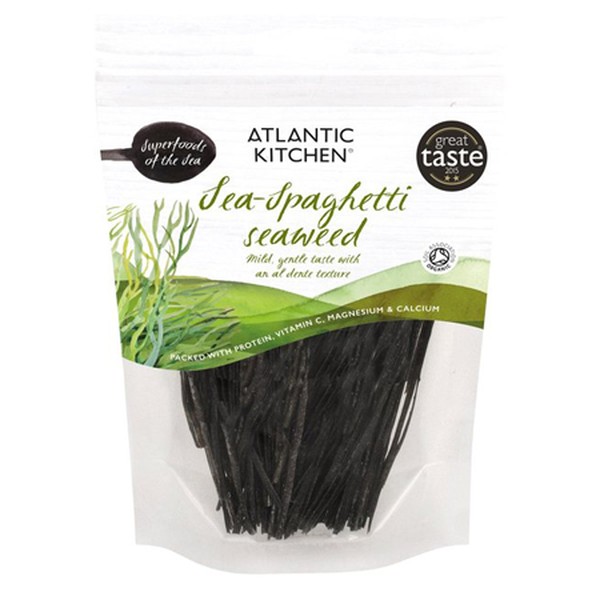
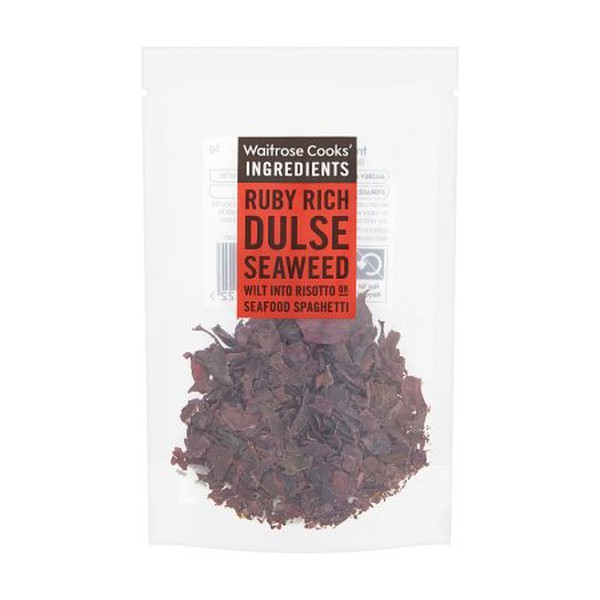
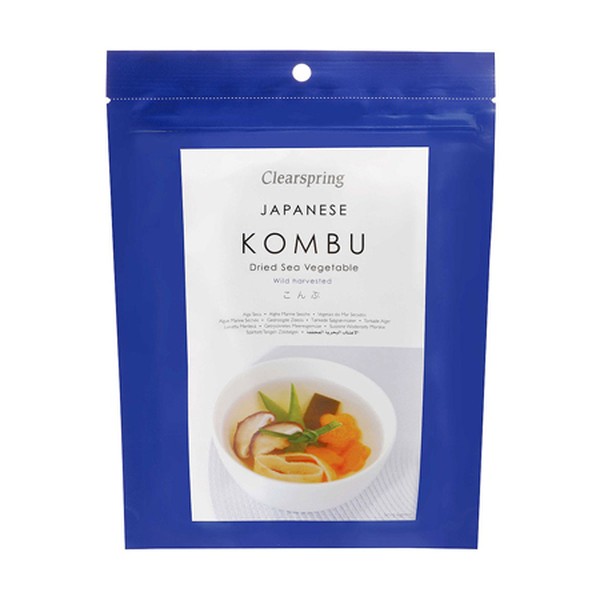
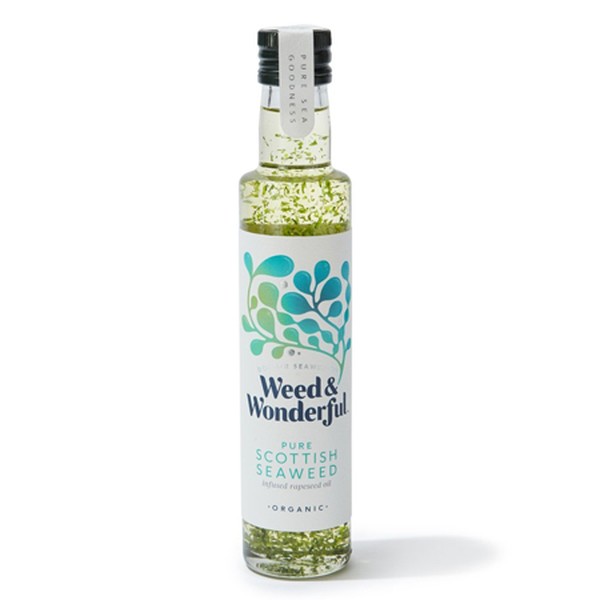
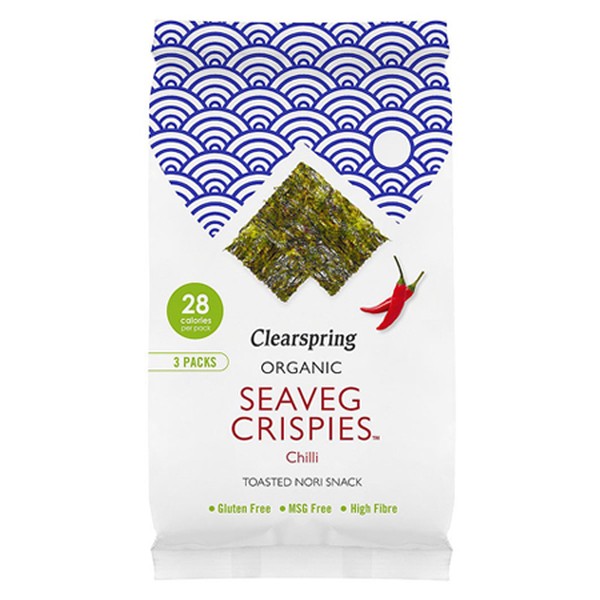
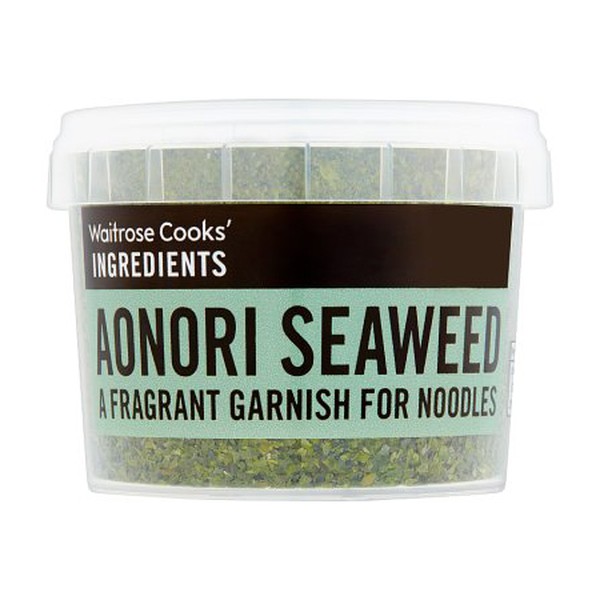

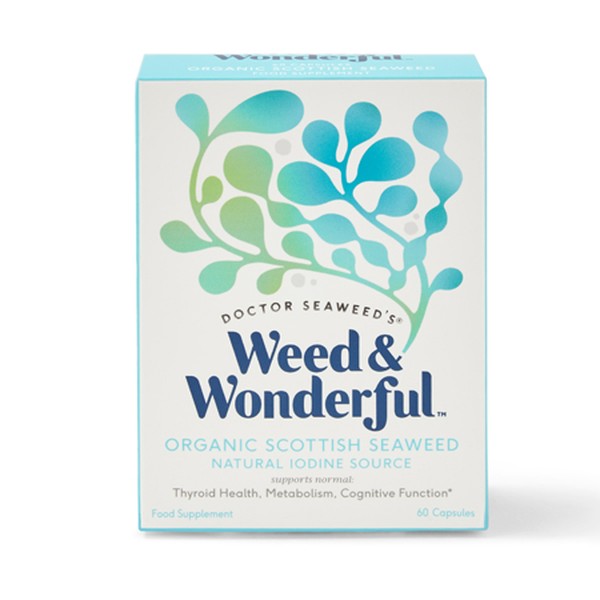
What’s an easy way for people to incorporate seaweed into their daily routine?
If you are specifically looking to benefit from seaweed’s health properties then the simplest and safest solution is to introduce 100% organic, vegan seaweed supplements to your diet. Two capsules of Doctor Seaweed’s Weed & Wonderful supplements contain as much iodine as three whole mackerel; as much potassium as 8g of banana; as much calcium as 15ml of milk; and as much iron as 30g of spinach.
Visit WeedAndWonderful.co.uk
Feeling inspired? Here are six delicious recipes that use seaweed…
DISCLAIMER: We endeavour to always credit the correct original source of every image we use. If you think a credit may be incorrect, please contact us at info@sheerluxe.com.

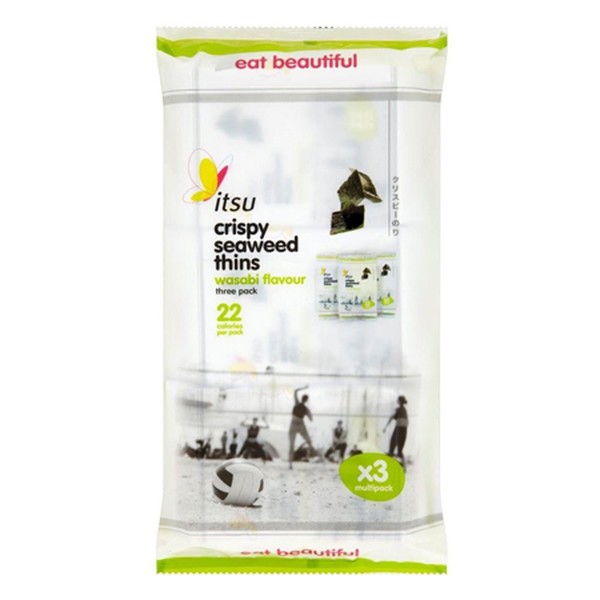
/https%3A%2F%2Fsw18.sheerluxe.com%2Fsites%2Fsheerluxe%2Ffiles%2Farticles%2F2019%2F02%2Feasykoreanramenbowl.jpg?itok=PwXQhUc9)
/https%3A%2F%2Fsw18.sheerluxe.com%2Fsites%2Fsheerluxe%2Ffiles%2Farticles%2F2019%2F02%2Fmondaymisonoodlesoup.jpg?itok=ieCiyf3F)
/https%3A%2F%2Fsw18.sheerluxe.com%2Fsites%2Fsheerluxe%2Ffiles%2Farticles%2F2019%2F02%2Fsearedtunawhiteradishsesamesalad.jpg?itok=sT5Ze_gG)
/https%3A%2F%2Fsw18.sheerluxe.com%2Fsites%2Fsheerluxe%2Ffiles%2Farticles%2F2019%2F02%2Fcrispy-duck-and-glass-noodle-salad.jpg?itok=bgseXGmI)
/https%3A%2F%2Fsw18.sheerluxe.com%2Fsites%2Fsheerluxe%2Ffiles%2Farticles%2F2019%2F02%2Fwarmasiansalad.jpg?itok=djzA9shZ)
/https%3A%2F%2Fsw18.sheerluxe.com%2Fsites%2Fsheerluxe%2Ffiles%2Farticles%2F2019%2F02%2Framen0.jpg?itok=hslsPnIQ)

